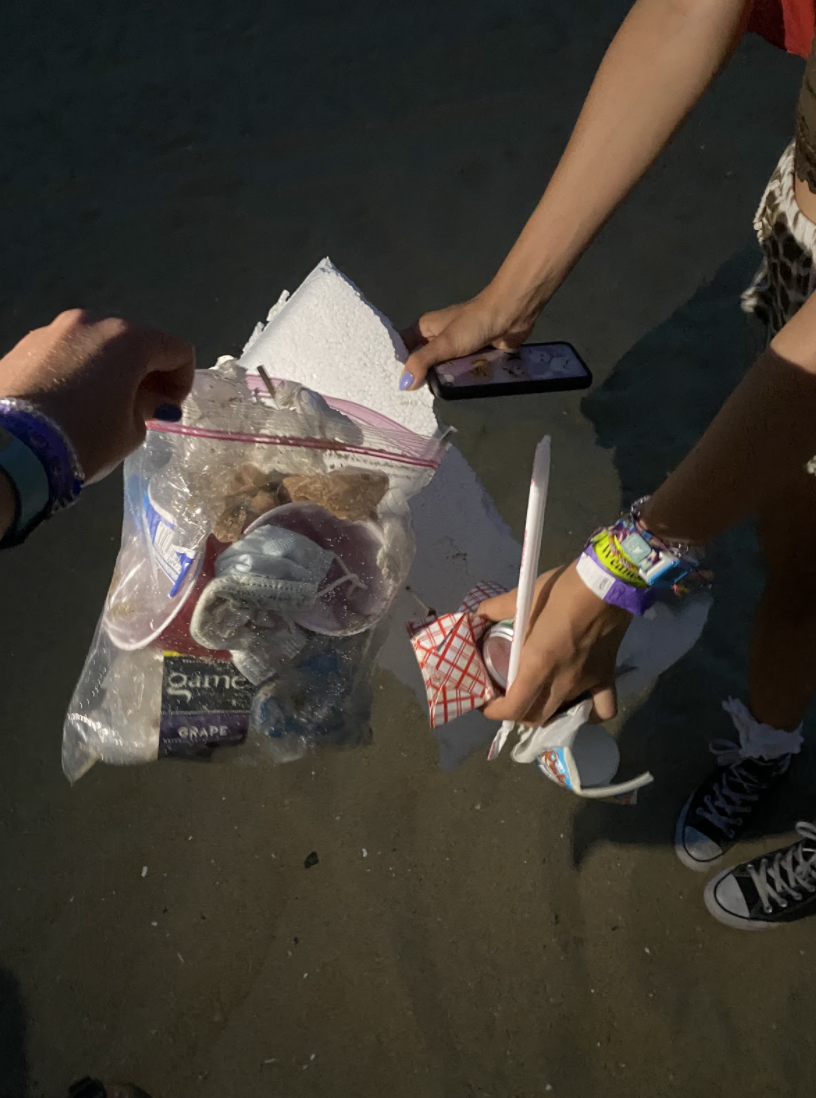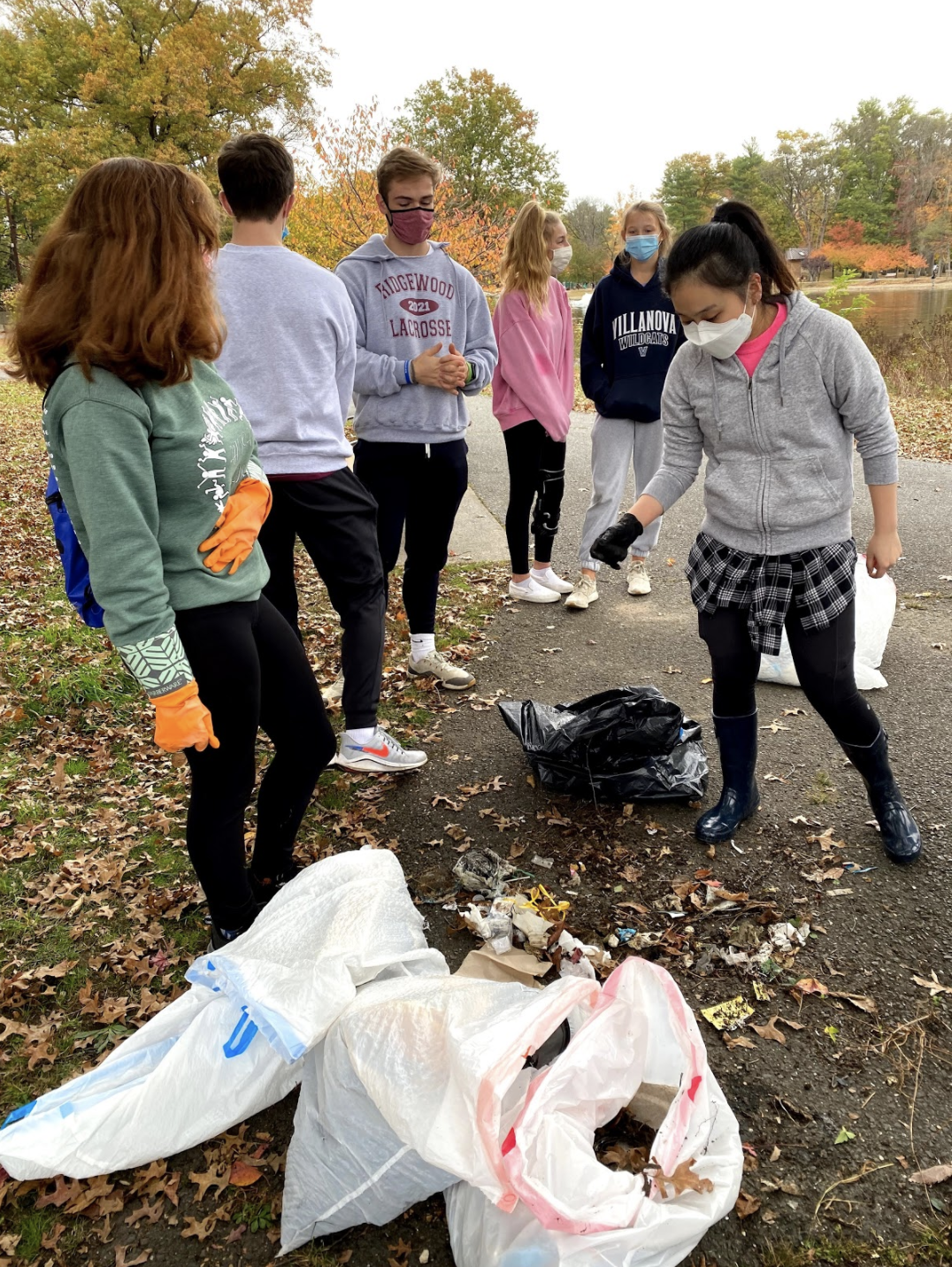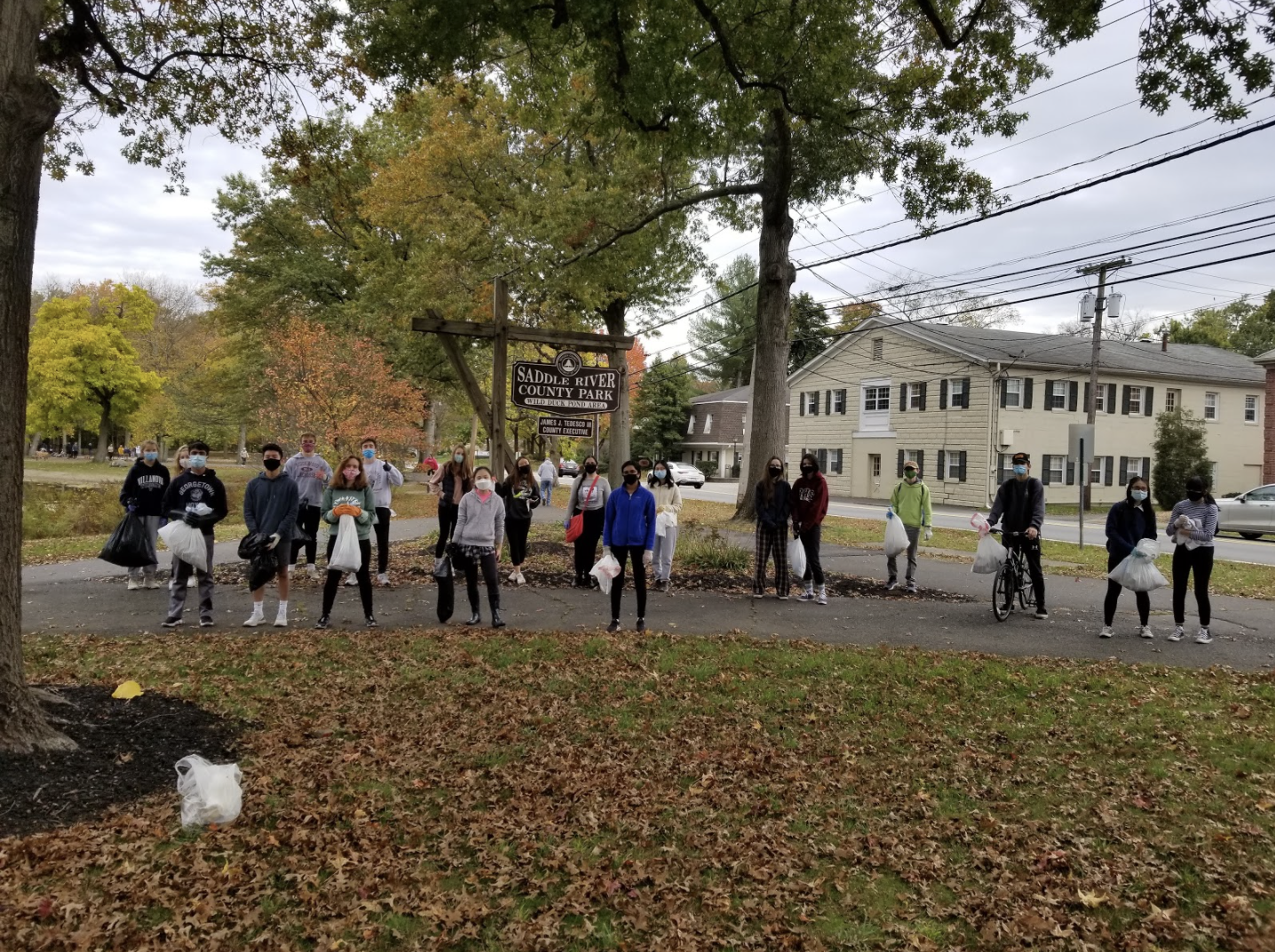Earth is Worth It
Educating peers and organizing clean up days

Background Information
What happens when you throw your empty coffee filter into the trash every morning? The lid to your drink? Do you know where it ends up? Every day, the average individual person throws away around 5 pounds of trash. Out of this, not all of it even ends up in a landfill. If you drive down a highway, the chances that you will see some sort of “trash dump” on the side are surprisingly high. Forests, roads, fields, and many other places are covered with litter from humans. On the other hand, around 1.4 billion pounds of waste ends up in the ocean per year. And those pieces of trash we walk by in the streets, swim by in the oceans, throw mindlessly on the ground, those do not just go away. A fishing line can take up to 600 years to decompose, while only becoming micro plastic at that point. Our Earth is already facing climate change every day and our littering habits as humans make the Earth less enjoyable, not to mention endangers many animals that live in the communities which are being affected. Julia and Sam decided to organize clean-ups in their communities to address trash that hadn’t been disposed of properly.
Implementation of Project
Sam Santangelo & Julia Neumann’s goal was to involve people around the country with this cleaning process to make the biggest impact possible. Anyone could be involved, as it just consisted of taking a trash bag in the community and finding a place to clean up! Individually, Sam and Julia both challenged people in their own communities, in Ridgewood, New Jersey and Park City, Utah. Sam worked with her school’s “Green Club” to educate her peers and organized clean up days. She was successful with this and all her peers were eager to help. Julia worked with her friends and family to set up “work at your own pace” cleanup days, so they could be more COVID-19 safe. She put up posters with a link to her website where any participants could submit the gallons of trash collected.
Results of Project
Overall, both Julia and Sam felt successful with their cleanup days. In total, between both of them, there were 18 hours of either collective or individual pickup days scheduled, over three major clean up days, October 4th, 11th, and 18th. Out of the people recorded, they had around 42 participants to help with a cleanup day. Additionally, the teams were able to collect around 264 gallons of trash!
What’s Next
Julia and Sam look forward to continuing to host cleanups in the spring for fun and hope to extend this project to other parts of the country. They intend to continue to educate their peers, family members, and friends to be more conscious of their trash disposal and opportunities to participate in clean-ups.




